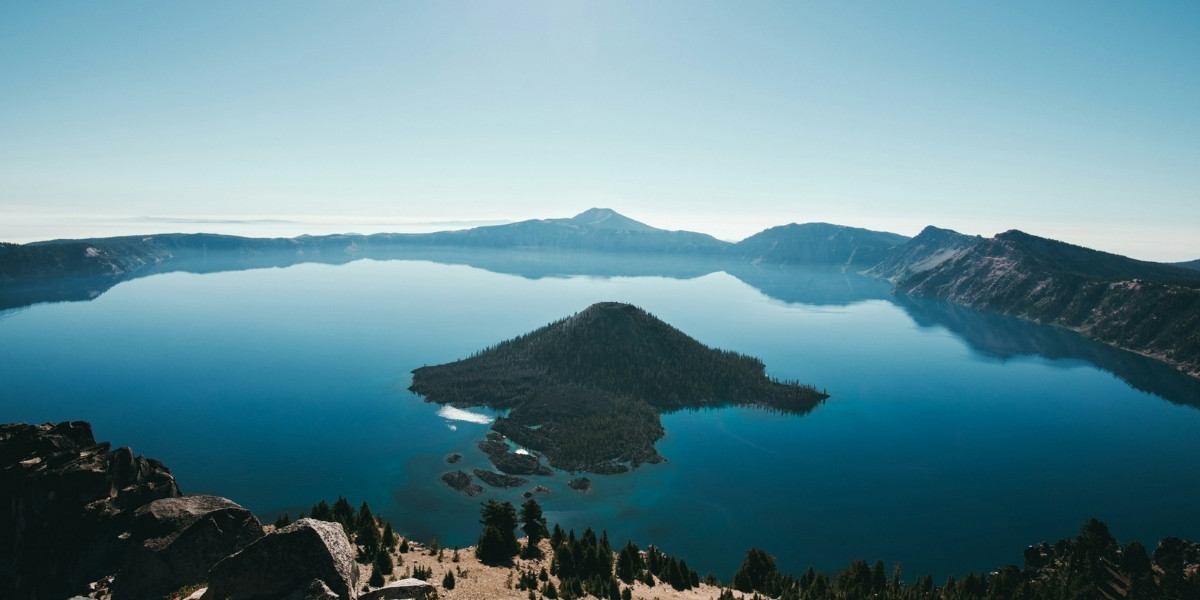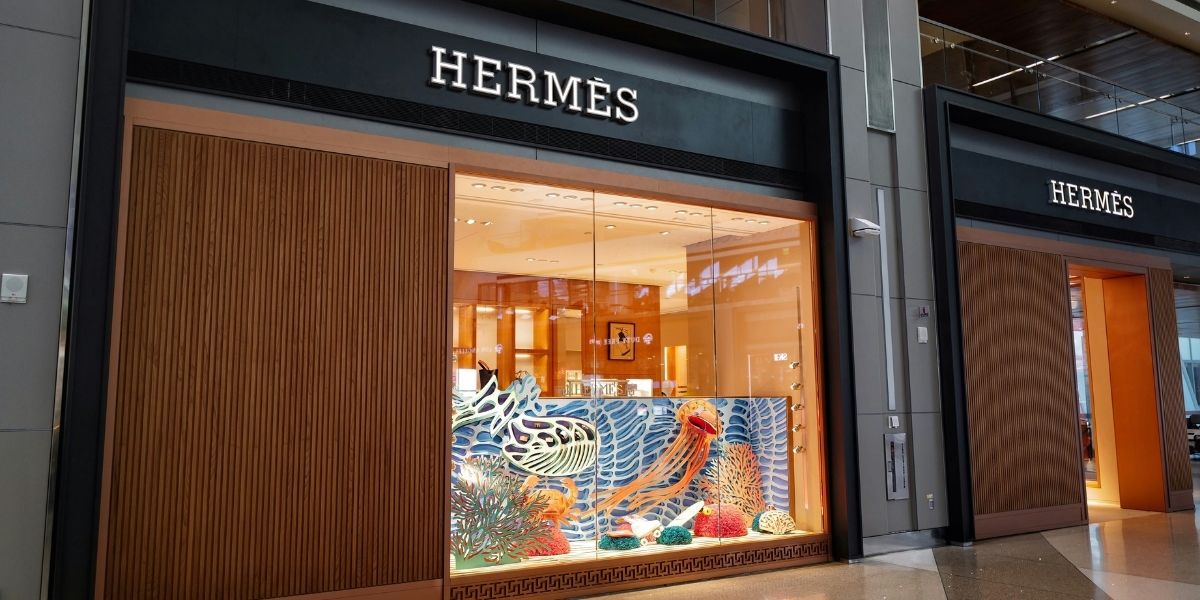Throughout history, beauty rituals have been integral to human culture, not only for enhancing outward appearance but also for cultivating self-care, confidence, and societal standing. In ancient civilizations like those of Egypt, Greece, and Rome, beauty practices were deeply tied to social norms, religious beliefs, and the quest for immortality. These timeless rituals are still reflected in modern-day beauty practices, offering enduring wisdom that continues to shape how we define beauty today.
Read Also: Acai Berry Health Benefits and Tasty Culinary Uses
How Did the Egyptians Define Beauty and Personal Care?
In ancient Egypt, beauty was more than just skin deep. It was seen as a reflection of both divine favor and personal status. Egyptians placed significant emphasis on hygiene and grooming, recognizing that cleanliness was crucial for both physical health and spiritual well-being. The famous Queen Cleopatra, known for her radiant beauty, was said to have used milk baths for their moisturizing and rejuvenating properties, a ritual that promoted smooth, glowing skin.
The use of kohl eyeliner is another well-known Egyptian beauty practice that has endured through the ages. Egyptians believed that the dark eyeliner not only enhanced the eyes but also served a protective function, warding off the evil eye. Henna was also commonly used to decorate the hands and feet, symbolizing fertility, beauty, and celebration. Beauty rituals like these were not only for the elite but were part of daily life for many Egyptians, highlighting the deep cultural significance placed on personal grooming.
Egyptians are often credited with being some of the first to develop cosmetics. They used natural ingredients, such as beeswax, frankincense, and myrrh, to create balms and perfumes. These ingredients were not only valued for their beauty-enhancing properties but also for their connection to the divine, as many were considered sacred and associated with gods and goddesses. The wisdom of ancient Egyptians in using natural products for beauty and health continues to influence modern cosmetic formulations today.
What Beauty Rituals Did Ancient Greeks Follow?
In ancient Greece, beauty was tied to balance and harmony. Greek society valued physical appearance, but it was believed that true beauty stemmed from the unity of the body, mind, and spirit. Greeks placed great importance on athleticism and physical fitness, as they believed that a well-trained body reflected inner strength and virtue. The Olympics, a hallmark of Greek culture, celebrated physical beauty as much as athletic prowess, with the ideal of a perfect, proportionate physique being central to their perception of beauty.
Greek women, particularly those of higher social standing, indulged in a variety of beauty rituals designed to maintain and enhance their appearance. Olive oil was one of the most cherished beauty ingredients, known for its moisturizing and nourishing properties. It was used not only as a skin and hair treatment but also in many beauty rituals, including cleansing baths and massages. The use of scented oils and perfumes was also common in ancient Greece, with flowers and herbs like lavender, rose, and thyme providing calming and refreshing fragrances.
Another significant aspect of Greek beauty was their interest in aesthetics and symmetry. They believed that beauty was inherently linked to proportion and harmony, which is why Greek sculptures, such as those created by Phidias, often depicted gods and heroes with idealized, symmetrical features. This idea of balance and proportion became a cornerstone of Greek art and philosophy, influencing Western standards of beauty for centuries to come.
What Beauty Practices Were Popular in Ancient Rome?
The Romans, like the Greeks, admired physical beauty, but they were also known for their extravagant beauty rituals and indulgence in luxury. Roman women would often use a variety of ointments, creams, and perfumes to maintain their beauty. Milk and honey were commonly combined to create moisturizing masks and treatments, reflecting the Roman preference for natural and luxurious ingredients in their beauty regimes.
The Roman elite were also known for their elaborate hairstyles, often involving intricate braids and curls. These hairstyles, frequently adorned with golden accessories or flowers, signified both wealth and status. Similarly, cosmetics were widely used to create a polished appearance, with blushes and foundations made from natural ingredients like saffron, red ochre, and chalk to give the skin a smooth, glowing appearance. Roman beauty was not only about appearance but also about projecting power and social position, with beauty being closely tied to one’s public image.
In addition to these beauty rituals, the Romans were pioneers in the development of public baths, which played an essential role in their beauty and hygiene routines. Roman baths were sophisticated complexes where both men and women would relax, socialize, and cleanse themselves. These baths often included steam rooms, cold plunges, and massages, offering a comprehensive approach to personal care that emphasized relaxation, wellness, and cleanliness.
How Did Ancient Beauty Rituals Reflect Cultural Values?
Beauty rituals in the ancient world were not just about enhancing physical appearance—they were deeply intertwined with cultural and societal values. In Egypt, beauty was seen as a symbol of divine favor, with rituals often performed to honor the gods and ensure spiritual harmony. Similarly, in ancient Greece, beauty was linked to moral virtue, with the ideal of balance and proportion mirroring the philosophical ideals of harmony in nature.
In Rome, beauty was used as a tool for social status. The more elaborate the beauty practices, the higher one’s perceived status. The use of cosmetics, elaborate hairstyles, and luxurious bath experiences were not only markers of wealth but also an indication of power and influence. These beauty rituals were a way for Roman women, in particular, to assert their place in a competitive, patriarchal society, reflecting a deeper connection between beauty, class, and identity.
Through the lens of these ancient civilizations, we can see that beauty practices were not merely about self-adornment but were an integral part of cultural identity. Beauty, in all its forms, reflected each society’s values, beliefs, and social structures, and these rituals have influenced how beauty is perceived and practiced today.
Why Do Ancient Beauty Rituals Matter Today?
While beauty standards have evolved over time, many of the rituals and philosophies from the ancient world still resonate in modern culture. The use of natural ingredients, like olive oil and honey, is still common in modern skincare. Similarly, the desire for symmetry and balance, which was central to ancient Greek aesthetics, remains a cornerstone of modern beauty standards. The importance of self-care and wellness, as seen in Roman bathhouses, is reflected in today’s focus on spas and relaxation rituals that promote both physical and mental health.
Read Also: Foundations of Western Thought: The Enduring Legacy of Ancient Philosophers
The enduring wisdom of ancient beauty practices serves as a reminder of the deep connection between inner well-being and outward appearance. In a world where beauty is often commercialized and commodified, returning to the ancient approach of beauty as a holistic practice—one that values health, relaxation, and personal care—offers a timeless perspective on what it means to care for oneself.
By revisiting ancient beauty rituals, we gain insights into how personal care can be about more than just looking good; it’s about fostering a sense of wellness, confidence, and cultural appreciation. These practices, which have stood the test of time, continue to influence modern beauty trends, offering us a path to reconnect with the wisdom of the past.








